Strings of atoms create qubits that interact via superatoms.
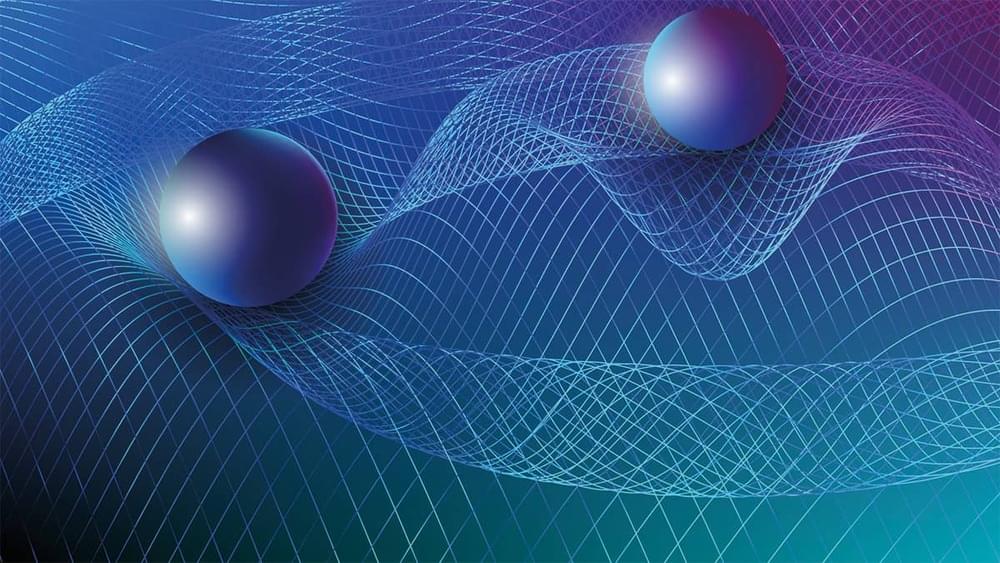

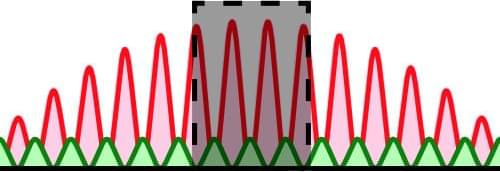
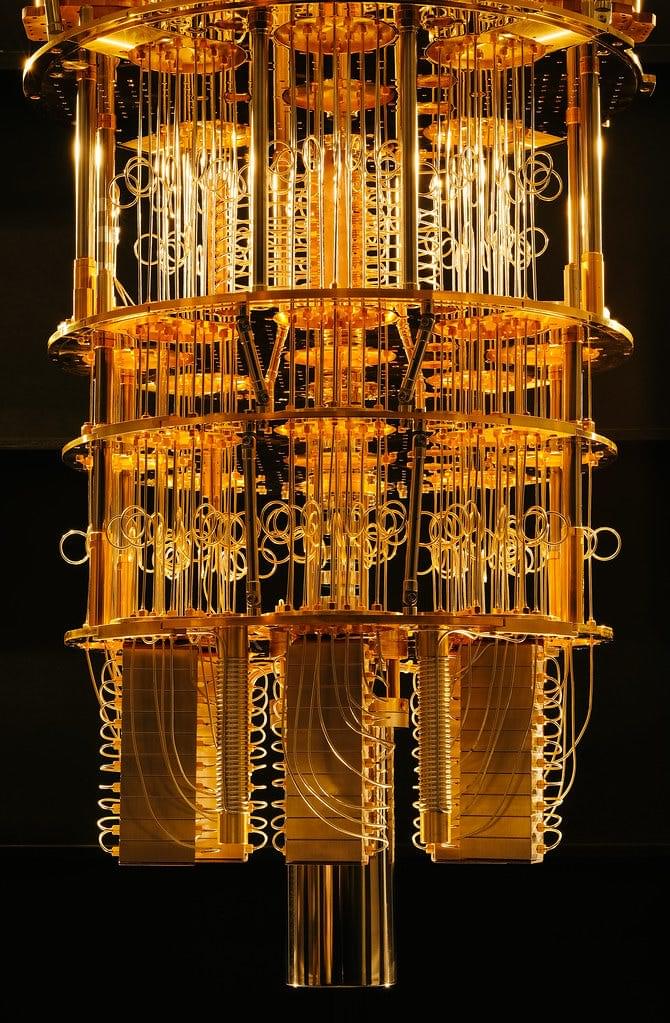
Some have described the last several millennia of human dominion over the earth’s resources as the anthropocene, deriving from the Greek “anthropo” meaning human, and “cene” meaning recent. The last century in particular has been dubbed the fourth industrial revolution, due to the pace of technological innovation ushered in by the advent of computers in the middle of the 20th century.
In the past seventy years, computation has transformed every aspect of society, enabling efficient production at an accelerated rate, displacing human labour from chiefly production to services, and exponentially augmenting information storage, generation, and transmission through telecommunications.
How did we get here? Fundamentally, technological advancement draws on existing science. Without an understanding of the nature of electromagnetism and the structure of atoms, we wouldn’t have electricity and the integrated circuitry that power computers. It was only a matter of time, then, before we thought of exploiting the most accurate, fundamental description of physical reality provided by quantum mechanics for computation.

NOAA scientists investigating the stratosphere have found that in addition to meteoric ‘space dust,’ the atmosphere more than seven miles above the surface is peppered with particles containing a variety of metals from satellites and spent rocket boosters vaporized by the intense heat of re-entry.
The discovery is one of the initial findings from analysis of data collected by a high-altitude research plane over the Arctic during a NOAA Chemical Science Laboratory mission called SABRE, short for Stratospheric Aerosol processes, Budget and Radiative Effects. It’s the agency’s most ambitious and intensive effort to date to investigate aerosol particles in the stratosphere, a layer of the atmosphere that moderates Earth’s climate and is home to the protective ozone layer.
Using an extraordinarily sensitive instrument custom-built at NOAA in Boulder, Colorado, and mounted in the nose of a NASA WB-57 research aircraft, scientists found aluminum and exotic metals embedded in about 10 percent of sulfuric acid particles, which comprise the large majority of particles in the stratosphere. They were also able to match the ratio of rare elements they measured to special alloys used in rockets and satellites, confirming their source as metal vaporized from spacecraft reentering Earth’s atmosphere.

A new method of producing an ultra-bright light which breaks traditional laws of particle physics could potentially spark a technological revolution.
The ultra-bright light, a form of ‘coherent light’, is created by particles moving in synchrony rather than independently. This synchrony creates incredibly fast, intense pulses that operate on a scale of atto-seconds – or one thousandth of a millionth of a billionth of a second.
While machines that can currently create ultra-bright light are miles long, scientists have now produced plans for a light source that can fit into a single room. The discovery could create a “mini-societal, technological and scientific revolution”, the researchers behind the development told BBC Science Focus.
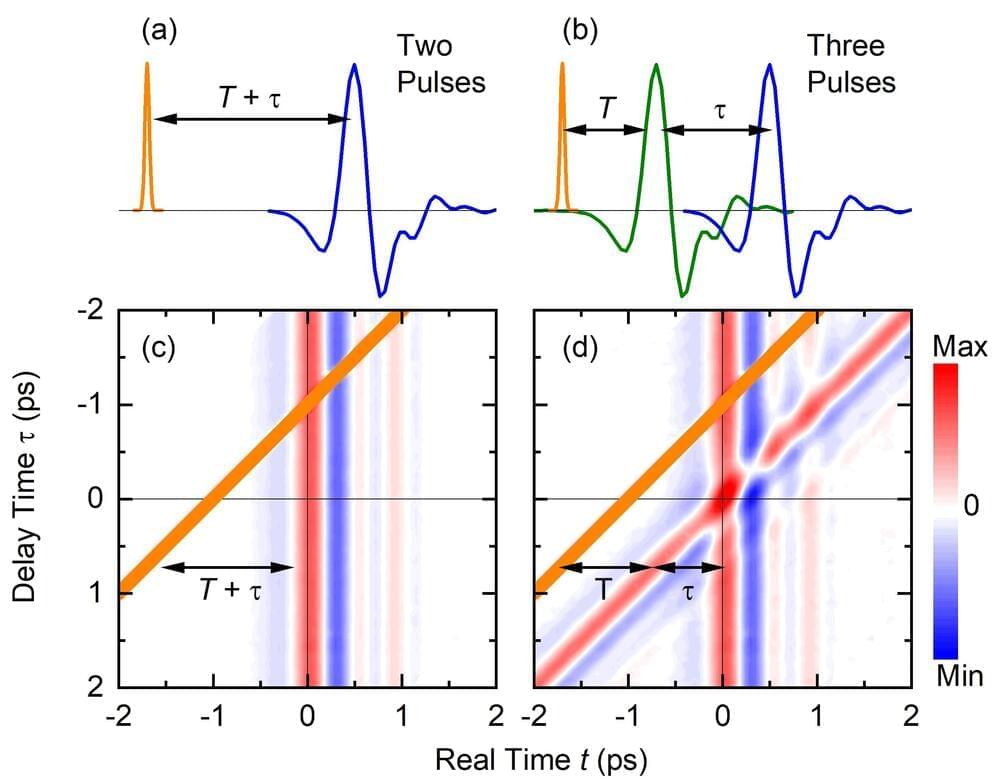
Researchers at the Max-Born-Institute have now mapped the linear and nonlinear optical polaron response using ultrafast two-dimensional spectroscopy in the THz frequency range. As they discuss in the current issue of Physical Review Letters, multi-photon ionization of isopropanol molecules by a femtosecond pulse in the near-infrared generates free electrons and the resulting changes of the dielectric properties of the liquid are probed and/or manipulated in the THz frequency range.
An electron and the surrounding cloud of solvent dipoles couple through electric forces and can undergo joint collective motions. Such many-body excitations in the terahertz (THz) frequency range are called polarons and have remained nearly unexplored so far. New results from ultrafast THz spectroscopy demonstrate the generation and manipulation of coherent polaron oscillations in a time range of 100 ps and beyond, thus enabling the control of dynamic electric properties of polar liquids.
Ionization of a polar liquid by intense light or particle beams generates free electrons, which relax on a picosecond timescale (1 ps = 10-12 s) into a localized ground state. The relaxation process includes the reorientation of the surrounding dipolar solvent molecules and the dissipation of excess energy.
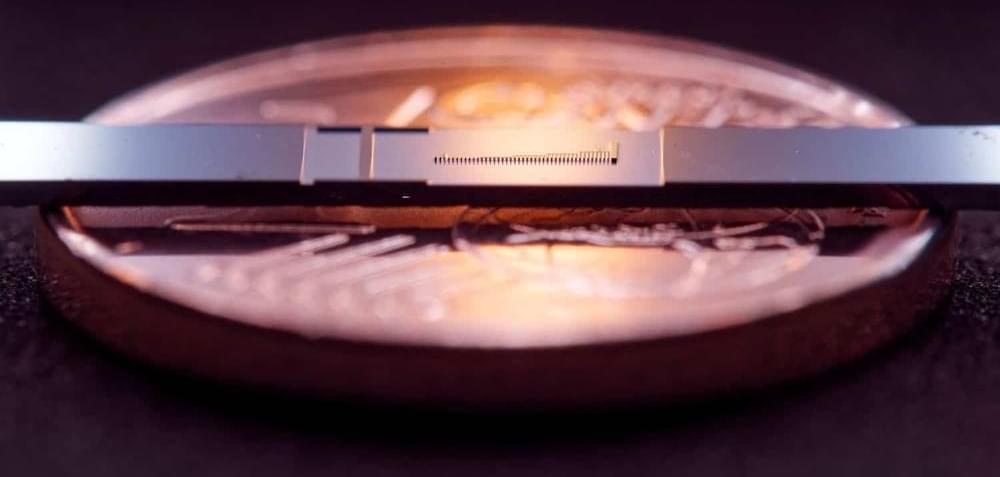
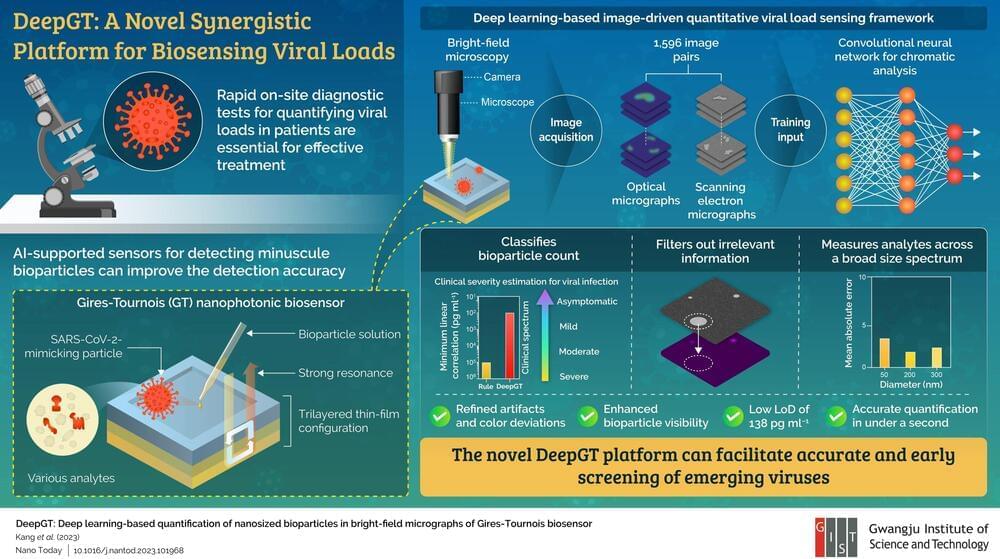
Recent studies have found that Gires-Tournois (GT) biosensors, a type of nanophotonic resonator, can detect minuscule virus particles and produce colorful micrographs (images taken through a microscope) of viral loads. But they suffer from visual artifacts and non-reproducibility, limiting their utilization.
In a recent breakthrough, an international team of researchers, led by Professor Young Min Song from the School of Electrical Engineering and Computer Science at Gwangju Institute of Science and Technology in Korea, has leveraged artificial intelligence (AI) to overcome this problem. Their work was published in Nano Today.
Rapid and on-site diagnostic technologies for identifying and quantifying viruses are essential for planning treatment strategies for infected patients and preventing further spread of the infection. The COVID-19 pandemic has highlighted the need for accurate yet decentralized diagnostic tests that do not involve complex and time-consuming processes needed for conventional laboratory-based tests.

Ever since the 17th-century debates between Isaac Newton and Christiaan Huygens about the essence of light, the scientific community has grappled with the question: Is light a wave or a particle — or perhaps, at the quantum level, even both at once? Now, researchers at the Stevens Institute of Technology have revealed a new connection between the two perspectives, using a 350-year-old mechanical theorem — ordinarily used to describe the movement of large, physical objects like pendulums and planets — to explain some of the most complex behaviors of light waves.
The work, led by Xiaofeng Qian, assistant professor of physics at Stevens and reported in the August 17 online issue of Physical Review Research, also proves for the first time that a light wave’s degree of non-quantum entanglement exists in a direct and complementary relationship with its degree of polarization. As one rises, the other falls, enabling the level of entanglement to be inferred directly from the level of polarization, and vice versa. This means that hard-to-measure optical properties such as amplitudes, phases, and correlations – perhaps even those of quantum wave systems – can be deduced from something a lot easier to measure: light intensity.

The molecular synthesizer once thought to be impossible to make is now quite a possibility due to this discovery with electron beams that can heal crystalline structures and also build objects from electron beams this could one day be amplified to create even food with light into matter electron beams. Also this could create even life or even rebirth a universe or planet or sun really eventually anything that is matter. Really it is a molecular assembler with nearly limitless applications.
Electron beams can be used to heal nano-fractures in crystals instead of causing further damage to them, as initially expected by researchers who now report their surprise findings. Used to power microscopes that examine the smallest materials in the universe, electron beams may also be able to be used to create novel microstructures one atom at a time.
A feat once thought impossible, researchers at the University of Minnesota Twin Cities (UMN) behind the discovery said it had been assumed that using electron beams to study nanostructures carried the additional risk of exacerbating microscopic cracks and flaws already in the material.
“For a long time, researchers studying nanostructures were thinking that when we put the crystals under electron beam radiation to study them that they would degrade,” explained Andre Mkhoyan, a UMN chemical engineering and materials science professor and the lead researcher in the study.